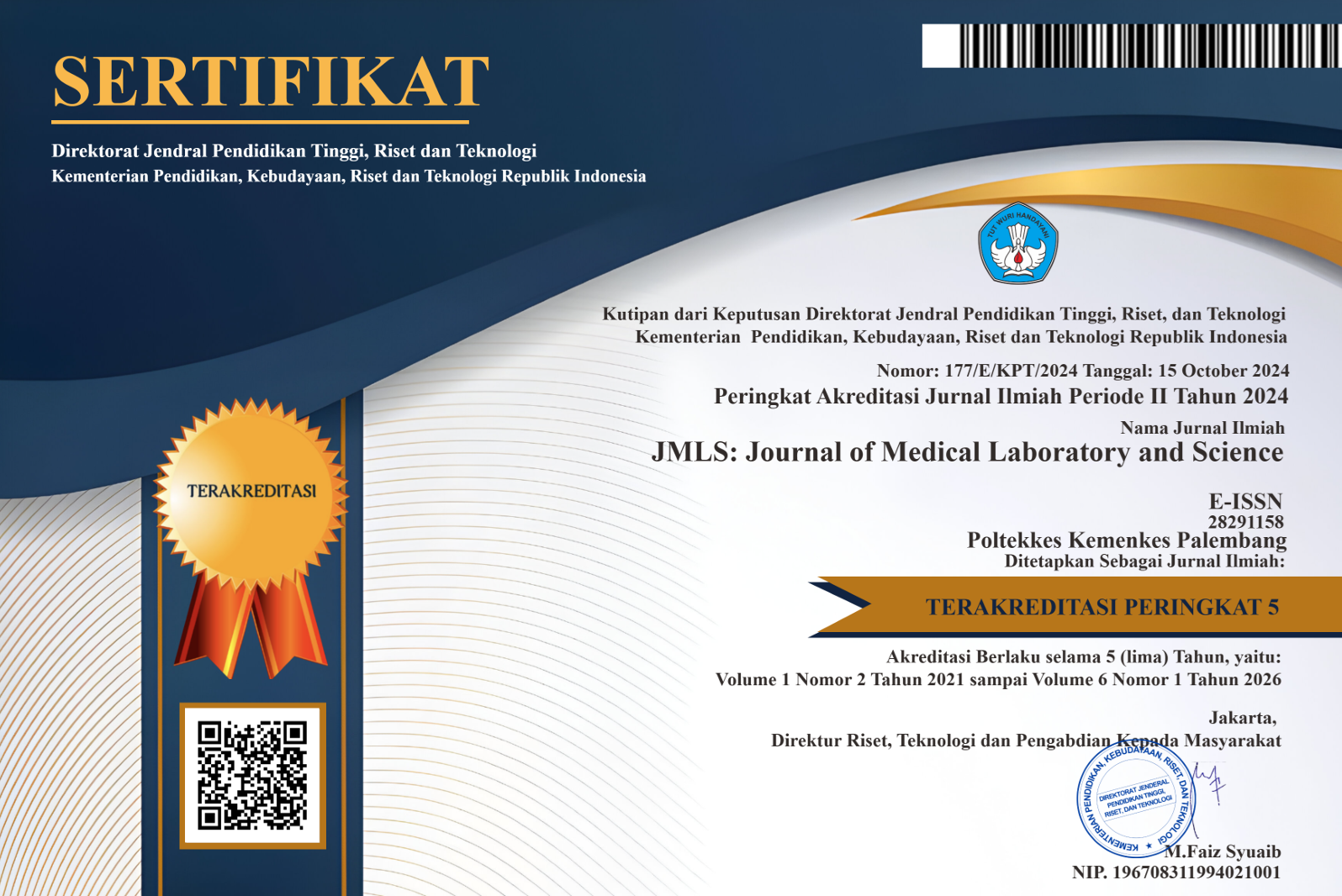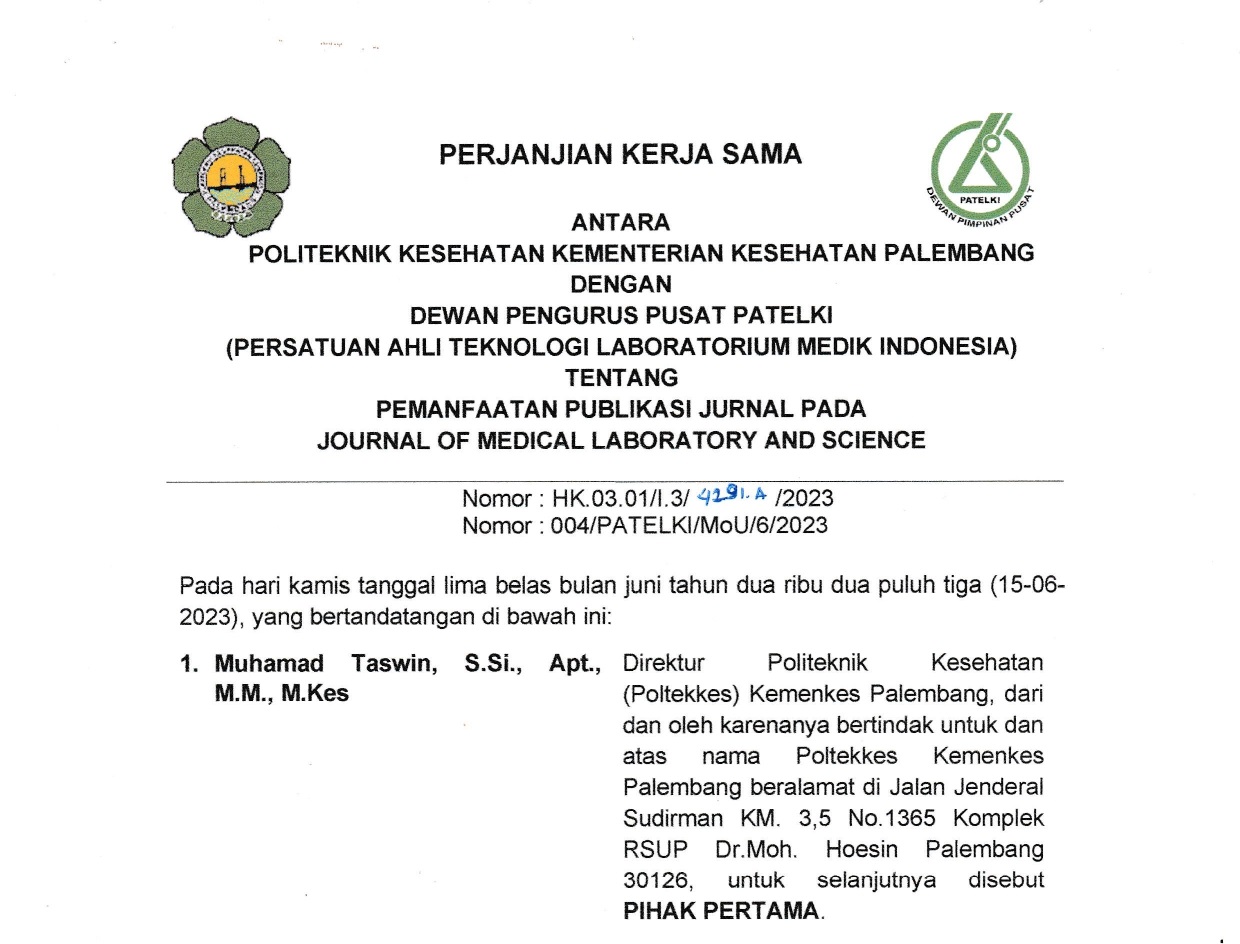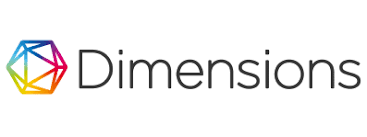A URINE GLUCOSE LEVELS AND URINE SPECIFIC GRAVITY IN TYPE 2 DIABETES MELLITUS PATIENTS IN BUDHI ASIH HOSPITAL
Abstract
Background: Diabetes mellitus is caused by the pancreas not being able to produce the insulin hormone that regulates glucose in the body, resulting in hyperglycemia which is associated with long-term damage, dysfunction, failure of various organs (eyes, kidneys, nerves, heart, and blood vessels). Diabetes is included as a non-communicable disease but has a priority for follow-up because the number of cases and its prevalence has continued to increase over the last few decades. Examination of diabetes mellitus can be done with blood samples and urine samples. Examination of diabetes mellitus with urine samples was carried out using the dipstick method to determine the parameters of urine glucose and urine specific gravity. Objective: To determine the correlation of urine glucose and urine specific gravity in patients with type 2 diabetes mellitus. Methods: Correlative analytic study with a cross-sectional approach. This study was conducted in January-September 2021 with samples of type 2 diabetes mellitus patients who examined urine glucose and urine specific gravity with the dipstick method. Results: The results of the correlation test of urine glucose and urine specific gravity in patients with type 2 diabetes mellitus are 0.065 (> 0.05) which means that there is no correlation between urine glucose and urine specific gravity in patients with type 2 diabetes mellitus. The results of the correlation coefficient of urine glucose and specific gravity urine in patients with type 2 diabetes mellitus is 0.189 which is included in the range of weak correlation coefficients. Conclusion: Based on these results, it can be concluded that there is no significant correlation between urine glucose and urine specific gravity in patients with type 2 diabetes mellitus.
Copyright (c) 2022 Journal of Medical Laboratory and Science

This work is licensed under a Creative Commons Attribution-ShareAlike 4.0 International License.
Authors who publish with this journal agree to the following terms:
- Authors retain copyright and grant the journal right of first publication with the work simultaneously licensed under a Creative Commons Attribution License that allows others to share the work with an acknowledgement of the work's authorship and initial publication in this journal.
- Authors are able to enter into separate, additional contractual arrangements for the non-exclusive distribution of the journal's published version of the work (e.g., post it to an institutional repository or publish it in a book), with an acknowledgement of its initial publication in this journal.
- Authors are permitted and encouraged to post their work online (e.g., in institutional repositories or on their website) prior to and during the submission process, as it can lead to productive exchanges, as well as earlier and greater citation of published work














